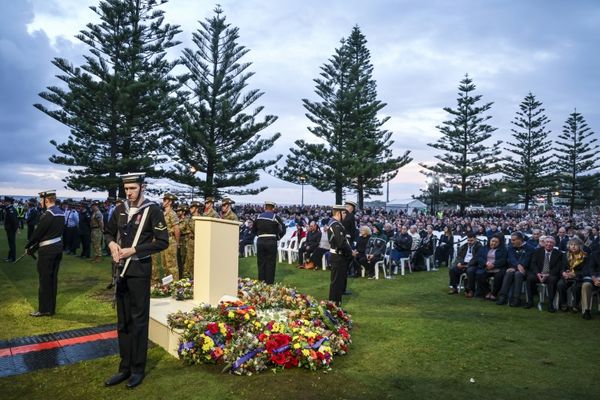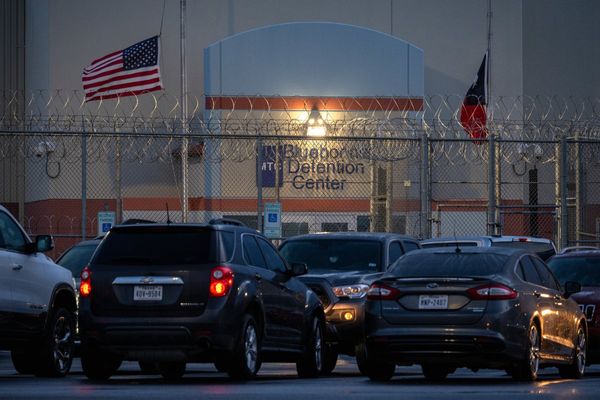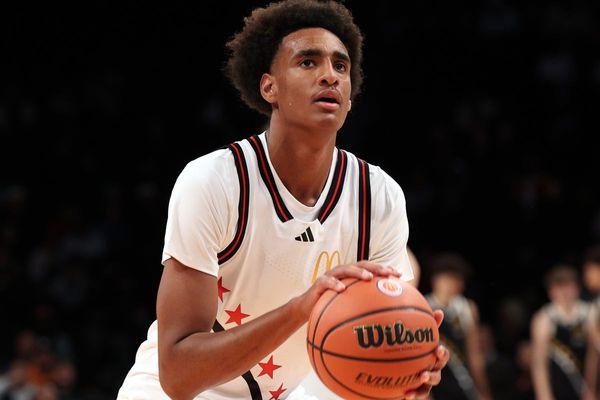
Australia’s borrowers have been spared a pre-Christmas interest rate rise with the Reserve Bank remaining on hold at its final board meeting of 2023.
The RBA left its cash rate at 4.35% on Tuesday, a move widely expected by financial markets and economists after the inflation rate resumed its slowdown in October to 4.9% and the jobless rate ticked higher.
The central bank lifted the cash rate by 25 basis points in November to a 12-year high, stating it wanted to ensure inflation continued to ease towards its target range of 2%-3% by the end of 2025.
“Returning inflation to target within a reasonable timeframe remains the board’s priority,” RBA governor Michele Bullock said in an accompanying statement.
“Whether further tightening of monetary policy is required to ensure that inflation returns to target in a reasonable timeframe will depend upon the data and the evolving assessment of risks.”
Bullock last month warned that inflation was increasingly driven by excessive demand at home rather than supply shocks from abroad, implying borrowers shouldn’t bank on an interest rate cut soon.
Of the 11 RBA board meetings in 2023, the bank lifted rates five times for a total of 125bp. Those increases added to the 300bp last year when the bank started lifting the cash rate from its record low 0.1% level in May – just prior to the federal election won by Labor.
Those increases have added as much as $1450 in monthly repayments for borrowers on a typical $600,000 variable rate loan, according to RateCity data.
Bullock said there were “still significant uncertainties around the outlook”.
“While there have been encouraging signs on goods inflation abroad, services price inflation has remained persistent and the same could occur in Australia,” she said.
“There also remains a high level of uncertainty around the outlook for the Chinese economy and the implications of the conflicts abroad.”
At home, the key uncertainties were “the lags in the effect of monetary policy and how firms’ pricing decisions and wages will respond to the slower growth in the economy at a time when the labour market remains tight”, she said.
The Australian dollar eased back to 65.9 US cents from just above 66 US cents after the release, while stocks pared their losses slightly to be about 1% lower for the day, in the immediate wake of the RBA rates verdict.
Luci Ellis, formerly an assistant RBA governor and now Westpac’s group chief economist, said the RBA had “no tolerance for further delays in the return of inflation to target” by the end of 2025.
“Any upside surprises will be met with further policy action,” Ellis said. “For this reason, the February meeting should still be considered ‘live’. It remains our view, though, that it is more likely than not that the RBA has reached the peak of its rate hiking cycle.”
Warren Hogan, chief economic advisor at JudoBank, said Tuesday’s statement was “entirely inconsistent with Bullock’s tough talk in recent weeks”.
“[T]hey are looking at grinding out policy tightening over an extended period if the economy doesn’t slow down and inflation come down as everyone hopes,” Hogan said.
Still, there remains the chance of one more rate rise.
“Importantly, they won’t even be contemplating cuts for at least a year, if not longer,” he said.
Adam Boyton, ANZ’s head of Australian economics, said the RBA had retained a tightening bias and would lift rates again if needed.
For now, though, the ANZ expects the cash rate will stay at 4.35% “before a modest easing cycle starts at the end of next year” although another rate rise can’t be ruled out.
The December meeting was the final single-day monthly gathering of the board. Next year, the board will hold meetings over two days, starting 5-6 February, with the rates set every six weeks or so rather than 11 times a year until now.
Other changes flowing from the RBA review include the creation of a specialised monetary policy board to determine rates.
It remains unclear how many of the current nine-member board will be transferred to the new dedicated one, other than the RBA governor, the newly appointed deputy governor Andrew Hauser and treasury secretary Steven Kennedy.







